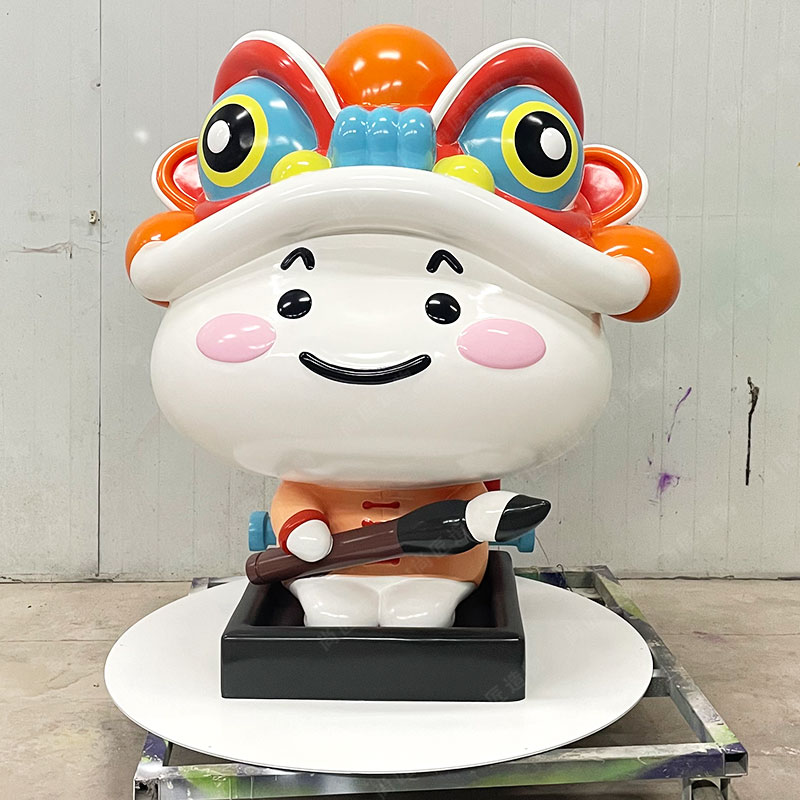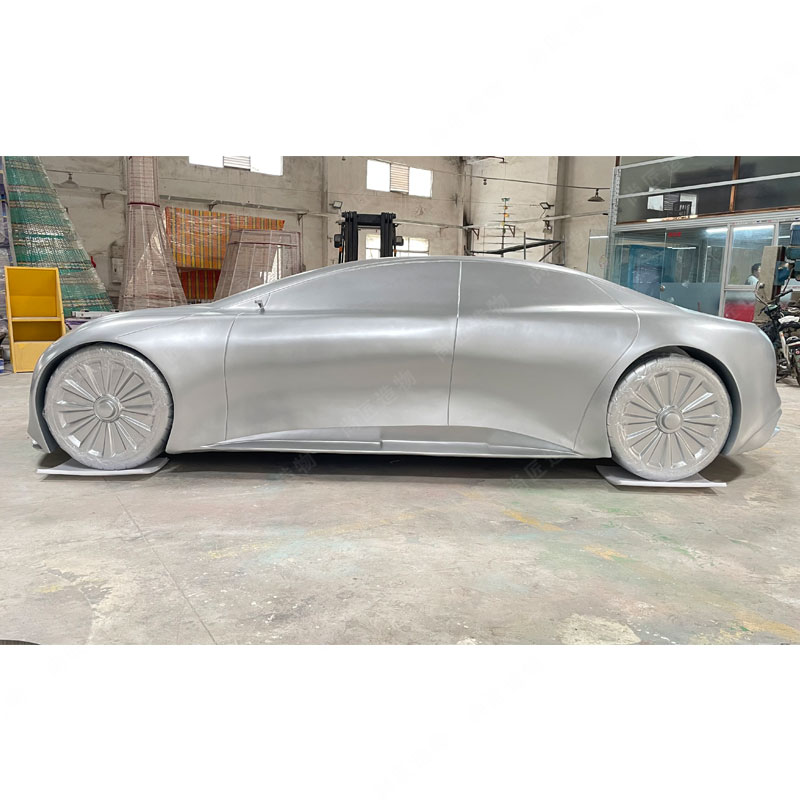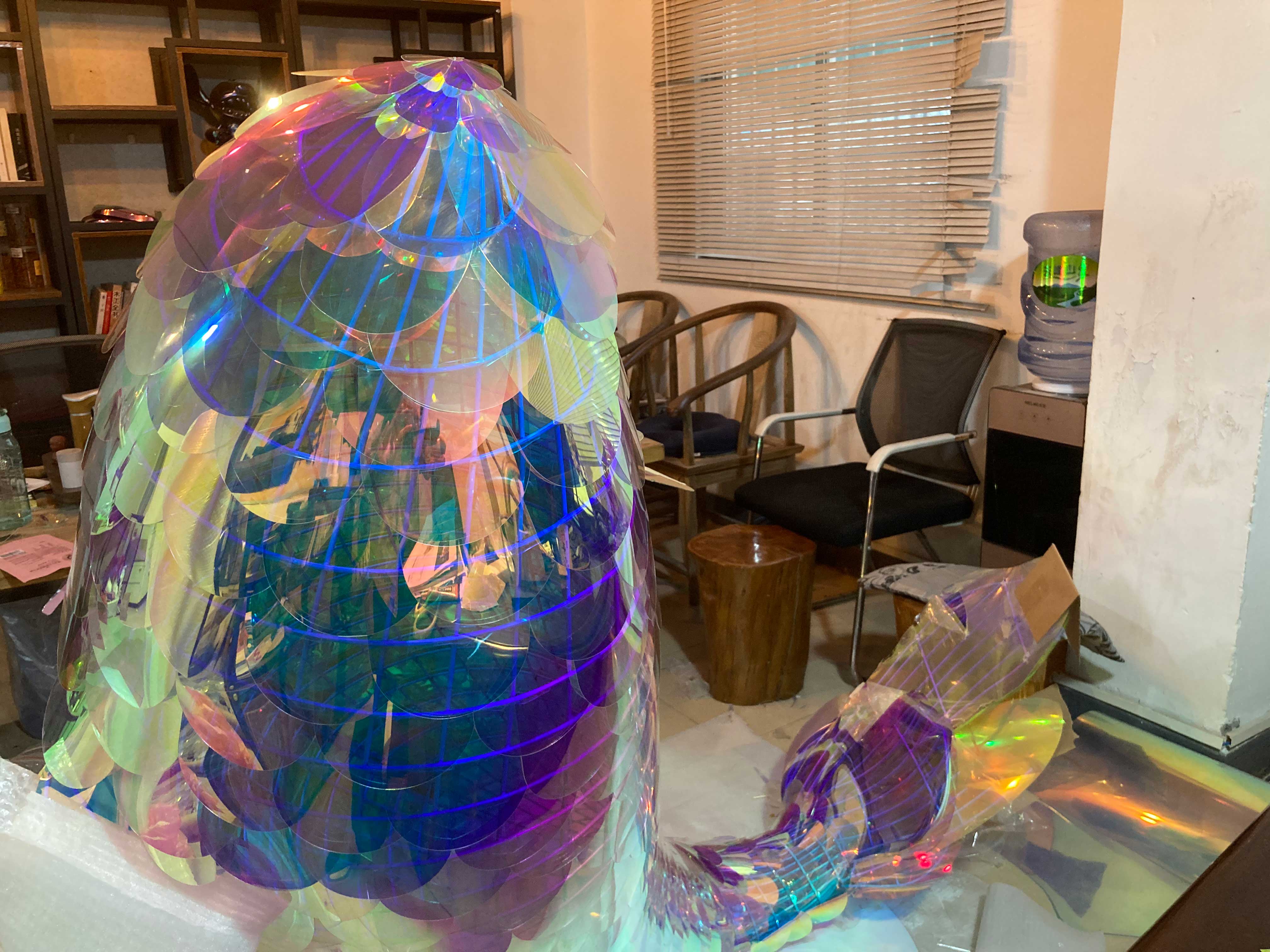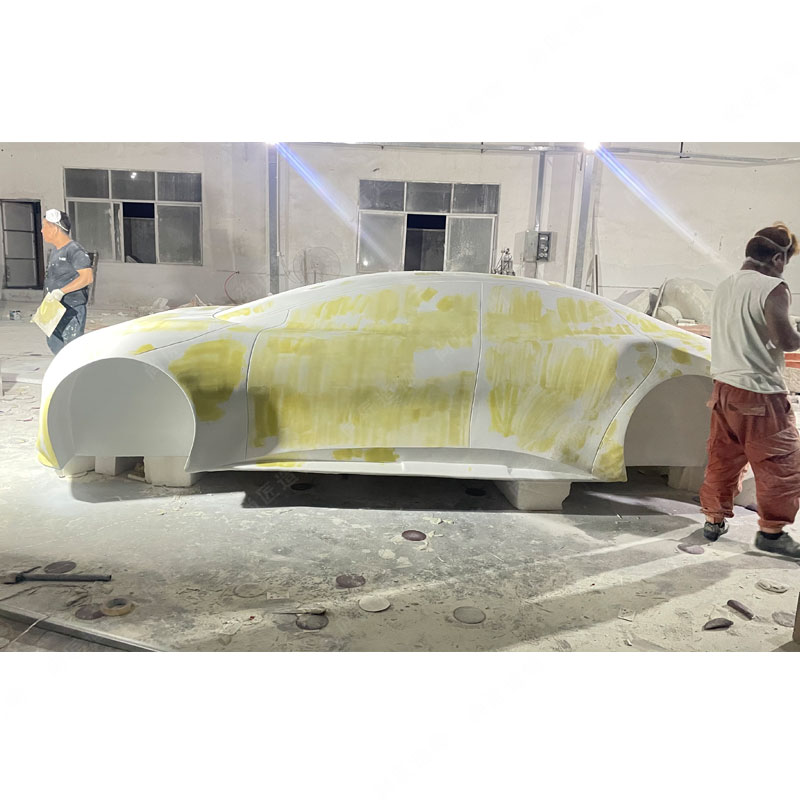Creating IP character sculptures involves understanding the intricacies of intellectual property rights and licensing agreements. Artists should prioritize thorough research to ensure compliance with legal requirements, avoiding pitfalls like copyright infringement. Establishing clear communication with rights holders is essential for maintaining transparency and aligning expectations. Proper attribution not only respects the original creators but also builds trust between artists and consumers. By adhering to best practices in craftsmanship and compliance, artists can enhance their reputations while safeguarding their creative expressions in a legally sound manner. Balancing artistic integrity with legal obligations lays the groundwork for success in the evolving landscape of licensed character sculptures.
Understanding IP Rights in Character Sculptures
When creating IP character sculptures, it's essential to grasp the concept of intellectual property (IP) rights. These rights protect the creative work of artists and recognize the ownership of characters that are widely recognized in popular culture. Sculptors must understand that using a character without permission can lead to legal issues, including copyright infringement.
To ensure compliance, artists should conduct thorough research on the characters they wish to sculpt. This involves knowing who holds the rights and seeking appropriate licenses or permissions. Many licensed characters fall under various categories, such as trademarks or copyrights, which play a crucial role in how these works can be produced and sold.
“Knowledge of IP rights is key. If you’re unsure about licensing, consult a legal expert.”
Table 1: Types of IP Protection for Characters
| Type | Description |
|---|---|
| Copyright | Protects original works of authorship, including sculptures. |
| Trademark | Protects symbols, names, and slogans that distinguish goods/services. |
| Design Patent | Protects new and original ornamental designs for articles of manufacture. |
By recognizing these rights and following best practices for licensing, artists can navigate the complexities surrounding IP character sculptures effectively.
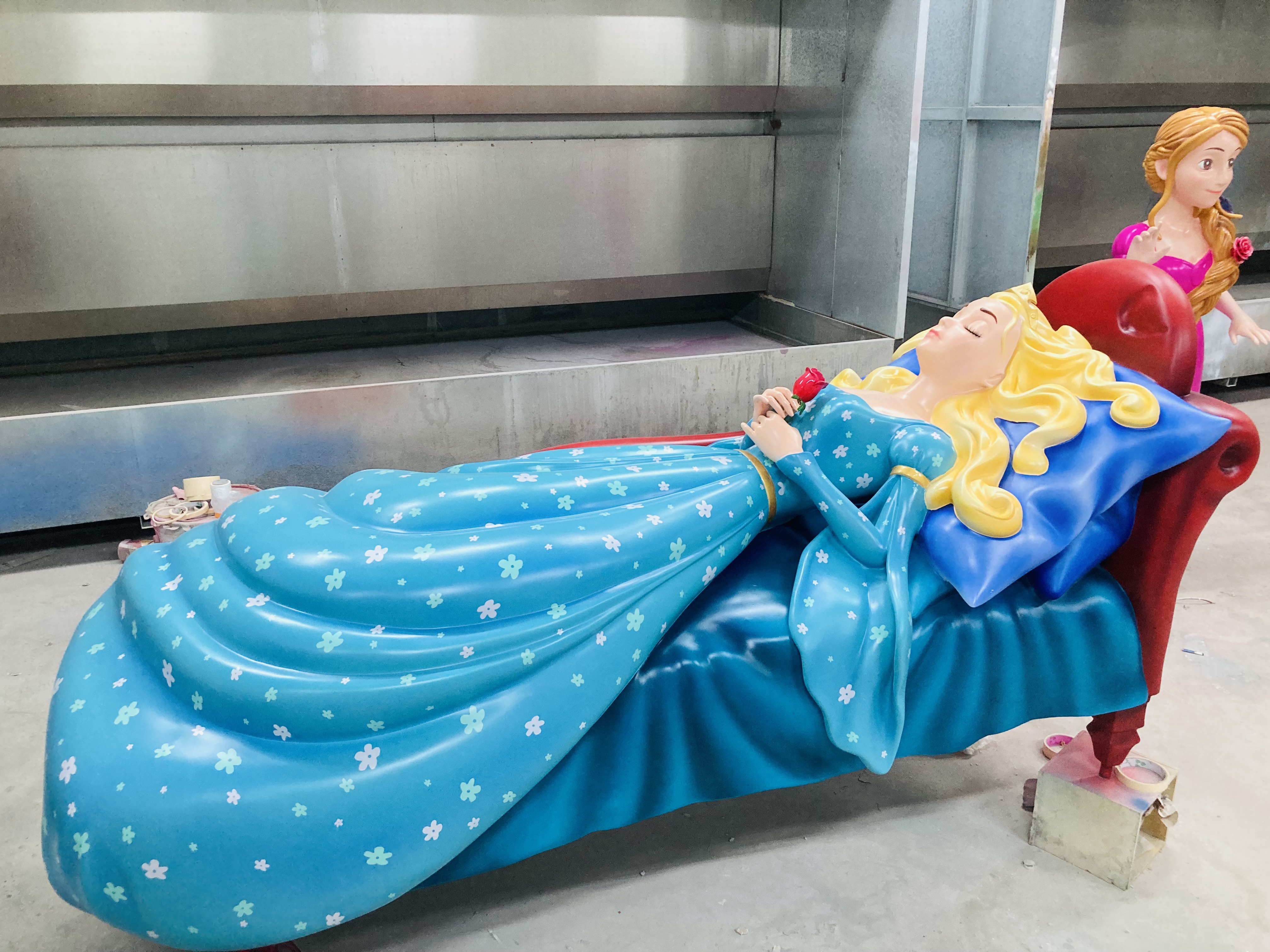
Best Practices for Creating Licensed Character Statues
When creating licensed character statues, it is crucial to prioritize adherence to intellectual property rights. Start by conducting comprehensive research on the specific characters you wish to sculpt, ensuring you fully understand their licensing requirements. Engage with the relevant rights holders early in the process to establish clear communication regarding permissions and expectations. Incorporate high-quality materials that reflect the artistic value and integrity of the character. It's also beneficial to document each step of your process—from initial designs to final products—to ensure clarity and professionalism. Implementing these practices can help mitigate legal risks and enhance the overall quality of your licensed sculptures. For inspiration, consider exploring various styles through resources like Cartoon sculpture, which can provide creative ideas while adhering to compliance standards.

The Importance of Compliance in IP Character Sculpture
Compliance is crucial when creating IP character sculptures. Understanding intellectual property rights helps artists and vendors avoid legal issues that could arise from using protected characters. Licensing agreements must be carefully reviewed and adhered to, ensuring that all rights holders are acknowledged. Non-compliance can lead to disputes, financial penalties, and damage to reputation. Moreover, meeting the licensing requirements can enhance the credibility of the artwork and build trust with collectors and consumers. By ensuring compliance, creators not only protect their work but also contribute to a respectful environment for licensed art. This compliance also includes using appropriate materials for sculpture building, like Fiberglass sculpture, which are often specified in licensing terms.
How to Navigate Licensing Agreements for Character Statues
Navigating licensing agreements for character statues requires a clear understanding of legal terminology and requirements. This process starts with identifying the rights holder of the IP, which often means reaching out to the original creators or their representatives. Once contact is established, it's crucial to review the terms of the licensing agreement thoroughly. Key areas to focus on include payment structures, duration of the agreement, and specific uses allowed for your sculptures. Some agreements may restrict modifications or require specific branding presentations, so be sure to address these early on.
Additionally, ensuring that you maintain compliance during production processes is vital to avoid potential legal disputes. It's also recommended to keep thorough records of all communications and agreements made throughout this journey. By preparing well and adhering to these guidelines, artists and vendors can successfully navigate the complexities presented by licensing agreements in character sculpture creation. For further insights into creating lifelike designs, you might explore Realistic sculpture.
Common Legal Pitfalls in Selling IP Character Art
When selling IP character art, artists and vendors must be cautious about the legal challenges that may arise. One common pitfall is failing to secure proper licensing agreements. Without permission from the IP holder, sellers risk potential lawsuits and financial loss. Another issue is misrepresenting the nature of the artwork; claiming a statue is officially licensed when it is not can lead to accusations of fraud. Additionally, it’s crucial to understand how certain modifications to an original character may still infringe on copyright laws; changes in design do not always shield sellers from liability. Furthermore, being unaware of the different types of IP rights—such as trademarks or copyrights—can add complexity to legal compliance. Keeping informed and considerate of these legal aspects can help avoid significant pitfalls in the marketplace. For example, artworks like Stainless steel sculpturemight include elements from popular characters that need careful review before sale.

Maximizing Success with IP Character Sculpture Sales
To succeed in the market of IP character sculptures, it is essential to understand your target audience. Knowing who appreciates and buys these sculptures can help shape your marketing approach. Engage with potential customers through social media and community events to create a loyal following. Additionally, consider collaborating with established brands or influencers in the character niche to expand your reach.
Quality craftsmanship is another key factor that attracts buyers. Ensure that your sculptures reflect the characters authentically, as this builds credibility and trust with your audience. Moreover, having a solid grasp of IP character sculpturecompliance is critical. This understanding will enhance your reputation and prevent legal complications that could hinder sales.
Offering customizable options can also maximize engagement, allowing customers to feel more involved in the purchasing process. Promotional strategies such as limited edition launches or exclusive pieces can create urgency and increase sales volume. By focusing on these elements, you pave the way for greater success in the realm of IP character sculptures.
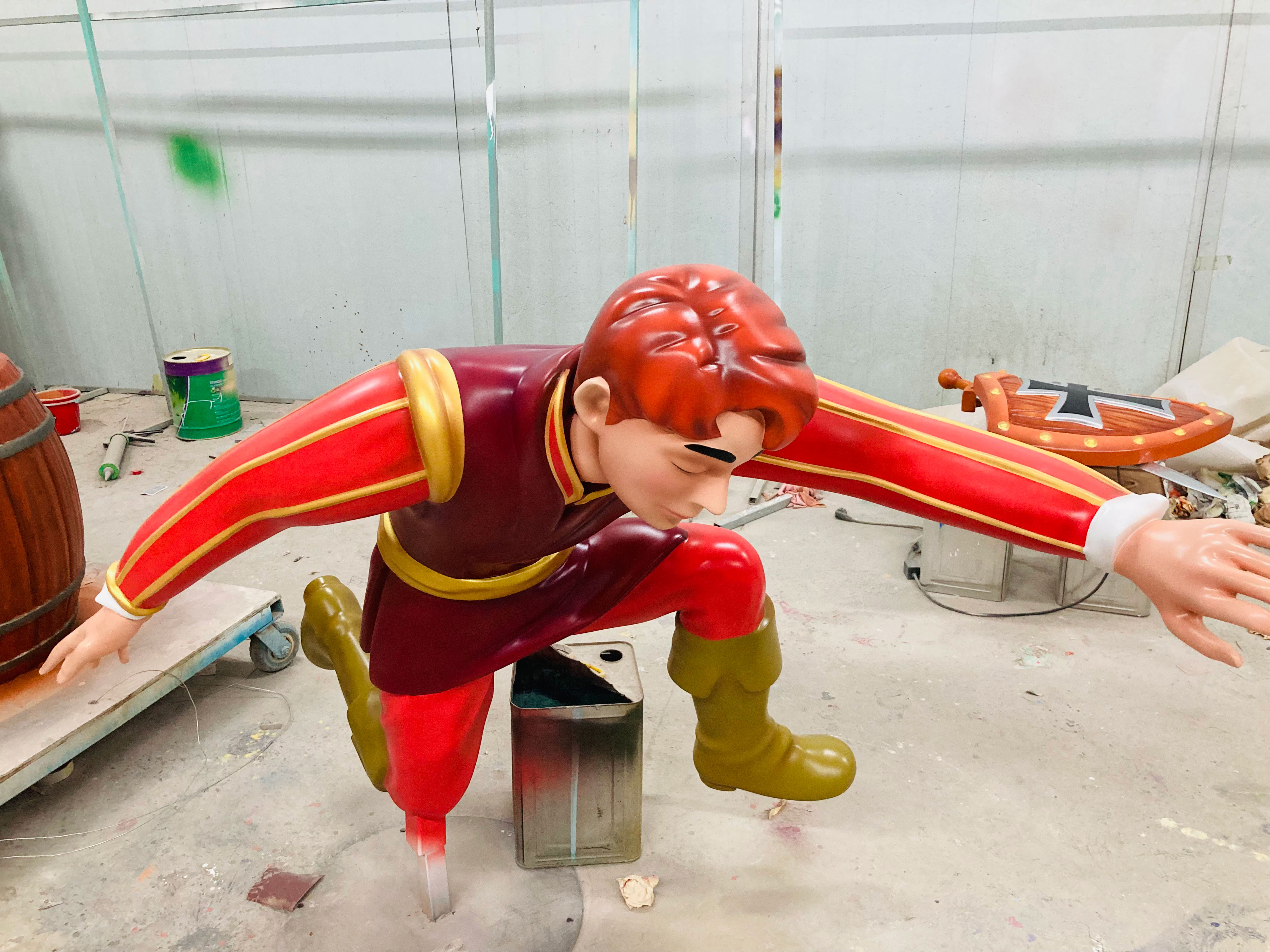
The Role of Attribution in Licensed Artwork
Attribution plays a significant role in the world of licensed character sculptures. It involves acknowledging the original creators and rights holders of the intellectual property. This recognition is not just a matter of respect; it’s often a legal requirement under licensing agreements. Proper attribution helps maintain transparency and fosters trust between artists, vendors, and IP owners. It also protects artists from potential disputes over copyright infringement, as it clearly delineates the source of inspiration for their work. When sculptors include appropriate credit, they contribute to a culture that values originality and collaboration, which benefits everyone involved. By adhering to attribution guidelines, artists enhance their reputation and ensure they remain compliant while creating engaging licensed character artworks.
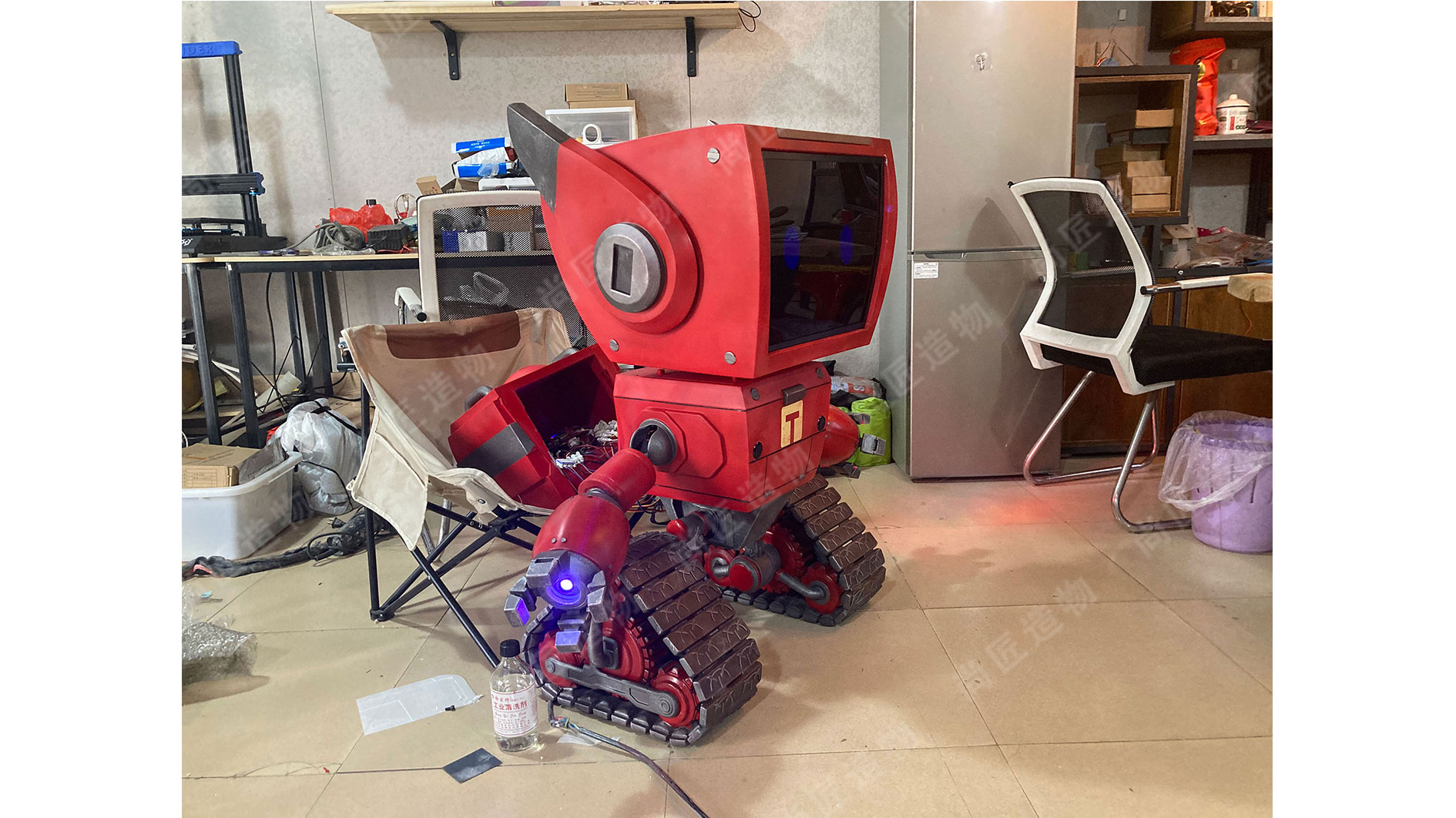
Transforming Creativity into Compliance: Art and Licensing
Creating IP character sculptures involves a delicate balance between artistic expression and legal compliance. Artists must have a deep understanding of intellectual property rights, particularly when using licensed characters. It's vital to ensure that any creative work does not infringe on existing copyrights or trademarks. This includes obtaining proper licensing agreements from the intellectual property holders before starting any project. Following these agreements strictly helps in avoiding potential legal issues that could arise from public display or sale. Moreover, reflecting the character's essence while adhering to compliance is key. Artists should strive to maintain the character's recognizable features and spirit within the boundaries established by licensing terms, ensuring both creative integrity and legal protection coexist harmoniously. By prioritizing these aspects, artists can produce works that respect both their creativity and the rights of IP owners, fostering a healthy environment for artistic innovation in the realm of licensed character sculptures.
Conclusion
Navigating the landscape of licensed character sculptures demands a blend of creativity and compliance with intellectual property laws. Artists and vendors must remain aware of the legal implications surrounding IP, making informed decisions that honor original creators while expressing their own artistic vision. By adhering to licensing agreements and prioritizing proper attribution, sculptors build trust with rights holders and collectors alike. The path to success in this field lies in striking a balance—ensuring that artistic expression flourishes within the frameworks established by IP laws. As the market evolves, commitment to these principles will be vital for sustainable growth and innovation within the realm of character sculptures.
FAQs
What are IP rights in character sculptures?
IP rights protect the creative works associated with characters, ensuring that artists and creators maintain ownership and control over their creations.
Why is compliance essential when creating licensed character sculptures?
Compliance helps avoid legal issues related to copyright and trademark infringement, protecting artists from potential financial and reputational damage.
How do I find the rights holder for a character?
Start by researching the character's origins, then reach out to original creators or their representatives to discuss licensing agreements.
What common legal pitfalls should I be aware of when selling character sculptures?
Failing to secure licensing agreements, misrepresenting artwork as officially licensed, and misunderstanding modifications that still infringe on copyright are significant risks.
What role does attribution play in licensed artwork?
Attribution acknowledges the original creators and helps maintain transparency, fostering trust between artists and IP owners while preventing disputes over ownership.
 ch
ch English
English

